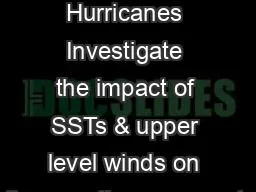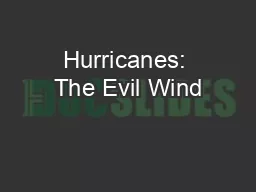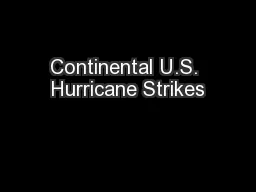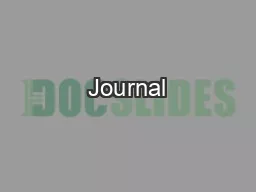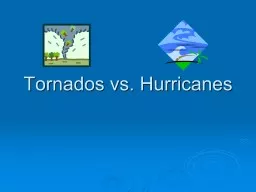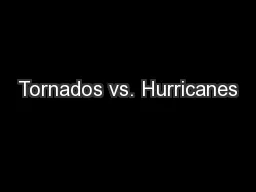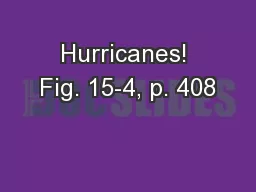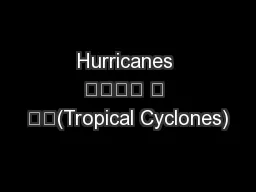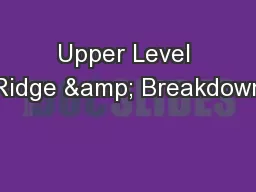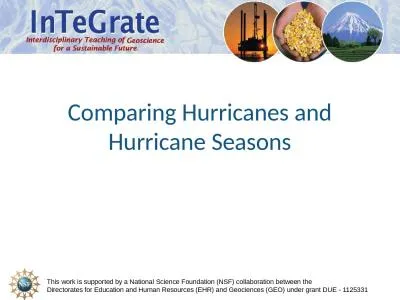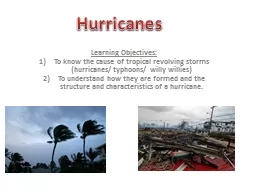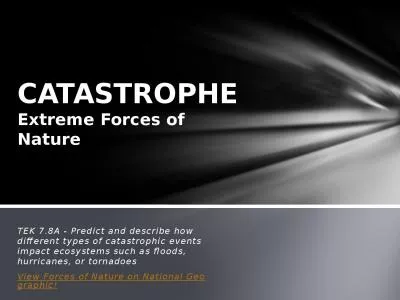PPT-Lab 7 - Hurricanes Investigate the impact of SSTs & upper level winds on the growth,
Author : funname | Published Date : 2020-08-28
Compare amp contrast an idealized hurricane life cycle with a real life example from the past Understand how the angle of approach of a storm impacts regional damage
Presentation Embed Code
Download Presentation
Download Presentation The PPT/PDF document "Lab 7 - Hurricanes Investigate the impac..." is the property of its rightful owner. Permission is granted to download and print the materials on this website for personal, non-commercial use only, and to display it on your personal computer provided you do not modify the materials and that you retain all copyright notices contained in the materials. By downloading content from our website, you accept the terms of this agreement.
Lab 7 - Hurricanes Investigate the impact of SSTs & upper level winds on the growth,: Transcript
Download Rules Of Document
"Lab 7 - Hurricanes Investigate the impact of SSTs & upper level winds on the growth,"The content belongs to its owner. You may download and print it for personal use, without modification, and keep all copyright notices. By downloading, you agree to these terms.
Related Documents

